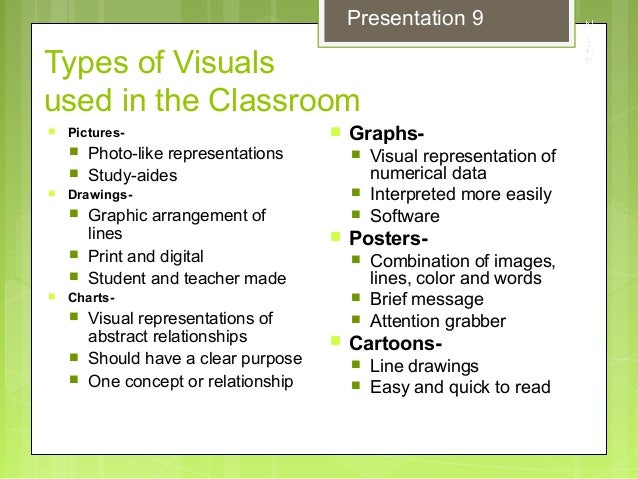3) Use a variety of visual and spacial aids
Visual aids are objects or images which are used in the classroom to encourage the learning process. Visual aids can be pictures, videos, films, models, objects, maps, slides, etc. They are used to make the learning experience more real, accurate, and active.
The Key to Success with this Strategy
- Balance student contributions and instructor contributions
- Ensure instructional materials reflect the identities represented by students
- Use multiethnic photos, pictures and props to illustrate concepts and content
Using this strategy is culturally responsive because it…
- Communicates that all students belong and are welcomed.
- Students who feel that they are not represented in the classroom are quick to become disengaged from classroom learning (TDSB Student Survey Results, 2009).
- Diversifies your teaching materials
- Improves classroom success and boosts understanding of a topic
- Builds student interest and engagement
- Brings a subject alive
How do I Implement this Strategy?
Visual Aids:

- Use a variety of visual aids and props to support student learning. For students of color and families of immigrants, initial assessment of their acceptance in the school community depends on whether or not they see pictures, symbols, or other visual representations that remind them of their homes, communities, and values (Shade et al., 2004).
- Ensure instructional materials, and other visuals reflect students’ racial, ethnic, and cultural backgrounds. The lack of relevant and culturally appropriate pictures, posters, and other instructional materials creates an environment that is uninviting to learners. (Nieto, 2000).
- Include images and visuals in PowerPoints that are reflective of diverse student identities.
- Have students contribute to creating images that are reflective of their identities.
Spatial:

- Arrange your classroom to encourage discussion and cooperation instead of hierarchy. Consider a circular or semicircular seating chart, and be sure to design lessons to facilitate safe and respectful sharing of opinions and differing points of view. https://www.schoology.com/blog/culturally-responsive-teaching-16-ways-integrate-it-your-classroom (Links to an external site.)
- Arranging the classroom to accommodate discussion. An inviting classroom uses the arrangement of desks to enhance interpersonal relationships between the teacher and student and among students themselves. Students must be able to relate in a positive way to their peers so that they communicate with one another. This permits a sense of connection and collaboration (Shade, Oberg, & Kelly, 2004).
